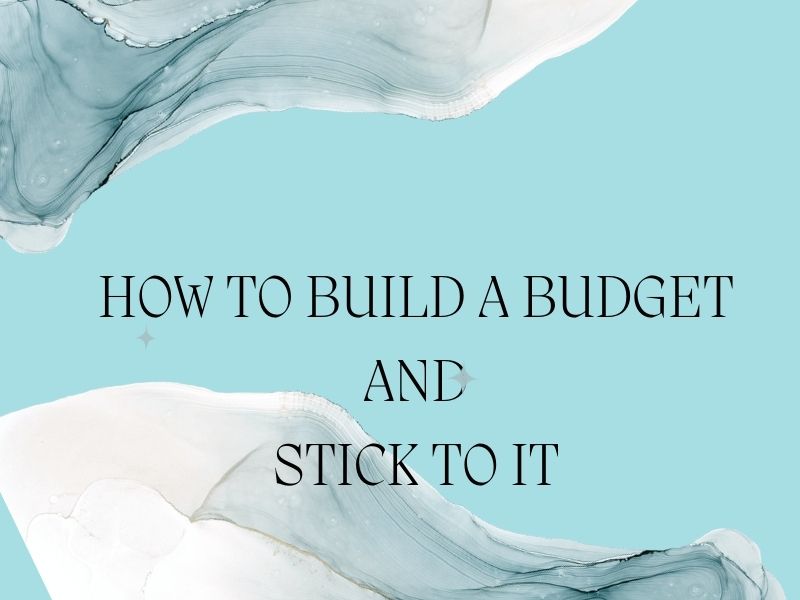A budget is a financial plan that identifies anticipated income and expenses for a given time frame. It is a tool for managing personal or business finances and aids in the efficient allocation of resources, prioritization of expenditure and assurance of enough financial resources.
Income and expenses are the two primary parts of a budget, normally. Income and costs both relate to the total amount of money that a person or organization anticipates receiving and spending over the budgetary period. Depending on the requirements of the individual or business, a budget can be developed for any time period, such as a week, month, quarter, or a year.
A budget is a crucial tool for obtaining financial stability and reaching your financial objectives. These are ways I have personally used over the years and it has worked for me. If I can do it, you can also do it too. But to be honest, maintaining a budget might be difficult. The following procedures will assist you in creating and adhering to a budget:
- Find out your income: Identifying your income is the first stage in developing a successful budget. Included in this are your normal income sources, such as your wage and any side jobs or freelance work. Use your net income instead of your gross income (i.e., the amount left over after taxes and other deductions).
- Monitor your spending: You must always keep track of your costs. Keep track of every penny you spend, including bills, food, travel, entertainment and others. This will make it easier for you to see and know where your money is going and find places where to make amendments.
- Organize your expenses: Once you’ve kept track of them, divide them up into other categories, such as lodging, travel, meals and entertainment. Your understanding of your spending in each area will improve drastically as a result of this conscious effort.
- Determine your objectives: Prioritize your financial objectives after determining what they are. This can entail paying off debt, setting aside money for a down payment on a home, or creating an emergency fund. Make sure your objectives are both attainable and realistic.
- Make a budget: Create a budget based on the data you have obtained and include the monthly spending amounts for each category. Make sure to set aside some cash for unanticipated costs and emergencies.
- Maximize the use budgeting tools: There are numerous online budgeting programs that can assist you in keeping tabs on your expenditure and adhering to your spending plan. Mint, Personal Capital, and YNAB (You Need a Budget) are a few of the well-liked choices.
- Follow your development: To make sure you are remaining inside your budget, keep track of your spending throughout the month. Stay on course by making any required modifications.
- Be adaptable: Keep in mind that your budget is a fluid instrument that could require adjustment over time. You might need to review and alter your budget if your circumstances change, such as a job loss, a newborn, or unplanned spending.
Conclusion.
Finally, creating a budget and following it are crucial steps in achieving financial stability and realizing your financial objectives. You can take charge of your money and create a better financial future by sticking to your budget and following the instructions indicated in this article. The benefits of budgeting are definitely worth the discipline and persistence required. You may reach your financial objectives and take pleasure in the peace of mind that comes from financial stability if you have a sound financial plan in place. You will notice a lot of changes in your financial life if you build your budget in the right way.






